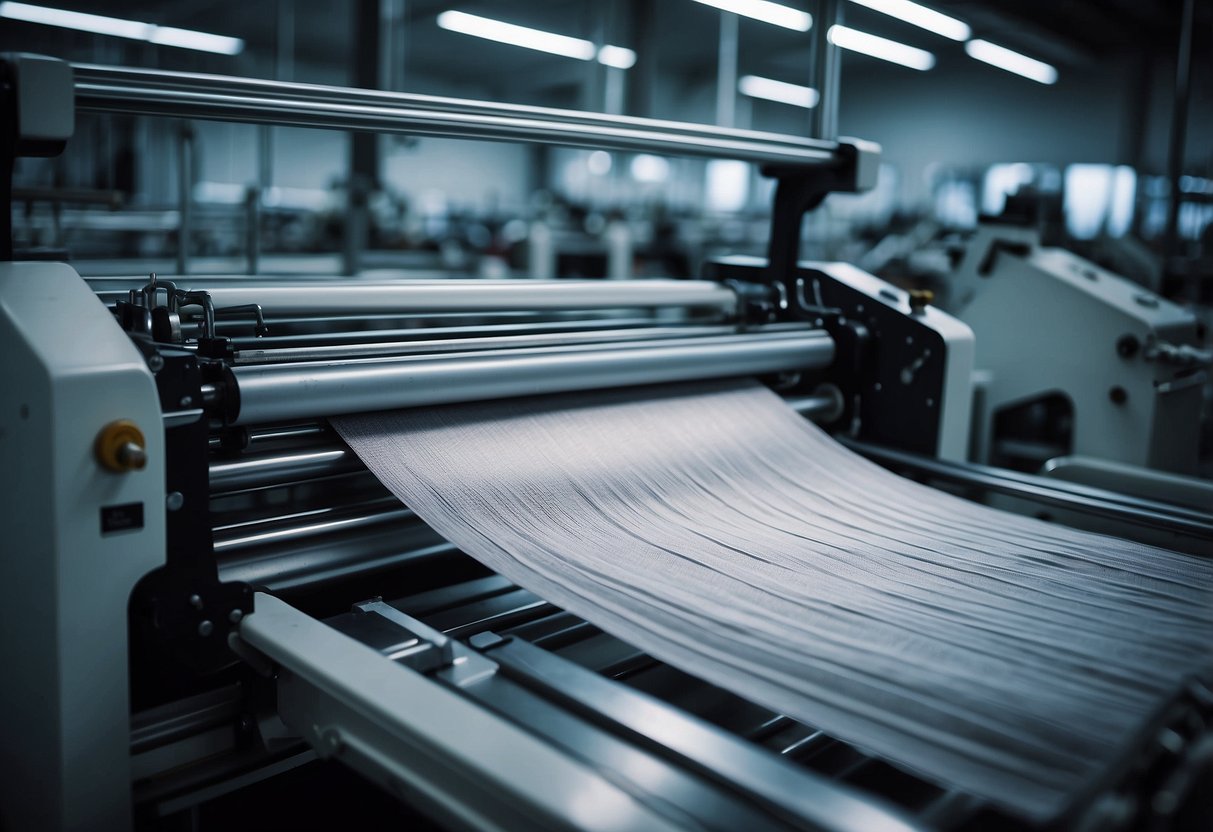
Activewear has undergone a significant transformation with the advent of smart fabrics, revolutionizing both performance and style. These innovative textiles incorporate advanced technology to enhance comfort, fit, and function, making workouts more efficient and enjoyable. As fitness enthusiasts seek more than just aesthetics in their gear, smart fabrics have emerged as a game-changer in the industry.
Smart fabrics integrate features such as moisture management, body temperature regulation, and even biometric monitoring, elevating the user’s experience. This technological integration helps athletes optimize their performance, providing real-time feedback on aspects like heart rate and movement efficiency. It is no longer just about looking good at the gym; it’s about wearing gear that interacts with the body to improve outcomes.
Incorporating smart fabrics in activewear also addresses the increasing demand for multifunctional clothing that doesn’t compromise style. Brands now offer clothes that seamlessly blend fashion with technology, ensuring that wearers can stay on trend while benefiting from enhanced performance features. This fusion of style and innovation is reshaping the landscape of athletic apparel, offering users a dynamic and futuristic approach to fitness.
Evolution of Activewear Fabrics
Activewear fabrics have undergone significant transformations, transitioning from traditional materials to highly engineered textiles. This evolution has been driven by the need for more functionality, comfort, and performance in sportswear.
From Cotton to Synthetics
Cotton was the go-to fabric for activewear in the early days. Known for its softness and breathability, cotton provided a decent level of comfort. However, it had limitations such as poor moisture management and longer drying times. As demand for more durable and high-performing fabrics increased, synthetic materials like polyester, nylon, and spandex started to gain prominence.
Polyester became popular due to its durability and resistance to shrinking and stretching. It also offered better moisture-wicking properties, which helped in keeping athletes dry. Nylon provided additional strength and elasticity, making it suitable for various activewear garments. Spandex introduced superior stretch, allowing for greater flexibility and comfort. These synthetic fabrics led to the creation of more specialized activewear designed to enhance athletic performance.
Rise of Performance Fabrics
The introduction of performance fabrics marked a new era in activewear. These fabrics combined the benefits of synthetic materials with advanced technologies to meet specific athletic needs. Moisture-wicking properties became a standard feature, ensuring that sweat was quickly drawn away from the skin. This functionality helped in maintaining comfort during intense activities.
Breathability was another crucial factor addressed by performance fabrics. Improved ventilation helped in regulating body temperature, preventing overheating. Some fabrics incorporated antimicrobial treatments to reduce odor, while others featured compression for better muscle support. These innovations provided athletes with clothing that not only performed well but also contributed to their overall well-being.
The continuous development of performance fabrics has significantly impacted the activewear market, providing consumers with a wide range of options tailored to various sports and activities. Smart fabrics are the next step in this evolution, promising even more advanced capabilities for the future.
The Fundamentals of Smart Fabrics

Smart fabrics have revolutionized activewear by seamlessly integrating technology and textiles. These fabrics offer a range of functionalities such as health monitoring and enhanced performance.
Defining Smart Textiles
Smart textiles, also known as smart fabrics or e-textiles, merge traditional fabric with advanced technology. They have embedded sensors and electronic components that enable them to sense and react to environmental conditions.
Smart textiles can monitor vital signs, track physical activity, and even adjust their properties based on user needs. The integration of technology within the fabric itself ensures comfort and flexibility, making them ideal for activewear.
The development of smart textiles involves a multidisciplinary approach combining material science, electronics, and textile engineering. This innovative blend allows for the creation of fabrics that not only serve a functional purpose but also enhance the user experience.
Types and Functionalities
There are several types of smart fabrics with unique functionalities. Some fabrics are designed for health monitoring, incorporating sensors that can track heart rate, body temperature, and other vital signs. These fabrics are particularly useful in sports and medical applications, providing real-time data to both users and healthcare professionals.
Another category includes fabrics that enhance athletic performance. These may include features like moisture-wicking, temperature regulation, and muscle compression. By responding to the user’s body and environment, these smart textiles can help improve endurance and reduce the risk of injury.
Additionally, self-cleaning and UV-protective fabrics fall under the umbrella of smart textiles. These functionalities contribute to the versatility and practicality of smart fabrics in both everyday wear and specialized applications. The integration of diverse functionalities within the same piece of fabric demonstrates the potential and adaptability of smart textiles in the evolving landscape of activewear.



